
Why Prices Change Daily in Auto Transport
Pricing & Cost Insights
12/16/2025
Wimple Auto Transport guarantees transparent car shipping with no hidden fees. Every shipment is fully insured and handled by vetted carriers. We have delivered thousands of vehicles safely nationwide. Enjoy a low price on every route with instant quotes and clear updates. Terms and conditions apply.
Wimple Auto Transport guarantees transparent car shipping with no hidden fees. Every shipment is fully insured and handled by vetted carriers. We have delivered thousands of vehicles safely nationwide. Enjoy a low price on every route with instant quotes and clear updates. Terms and conditions apply.

Your classic is more than just a VIN. Wimple matches you with screened, licensed, and insured carriers that specialize in collector cars, whether you're looking for a concours build, a survivor with original paint, or a weekend cruiser with priceless trim. For the best protection, go with enclosed auto transport; for more affordable state-to-state moves, go with open carrier. Deliveries are made door-to-door in areas with secure and authorized access.
Get an instant quote in 3 easy steps or call now
(888) 491-7162
Fully insured deliveries across all 50 states
Loading reviews...
Low ground clearance, delicate chrome, wire wheels, and new paint are common features of classic cars. They require careful routing, soft tie-downs, and gentle loading. In order to create realistic delivery windows and safeguard your car and the driver, professional transporters secure vehicles in accordance with federal standards and observe Hours-of-Service limitations.


Your car is shielded from the elements and road debris by riding inside a covered trailer. For low noses and long overhangs, traditional carriers employ hydraulic liftgates or long, low-angle ramps. Wheels and paint are shielded by wheel nets or soft straps. Because enclosed services have less capacity and require specialized handling, they are more expensive.
See enclosed transport
Best value for shorter routes and strong drivers. Since wind can scratch fabric car covers, avoid using them on open trailers. Choose enclosed transport if you want the best protection or if the vehicle has just been restored.
See open transportFor cars that are highly valued, rare, restored, or extremely cheap, select enclosed. When money is tight, opt for open for sturdy classics on shorter, fair-weather lanes.
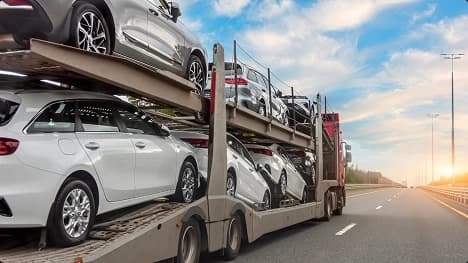
Pricing is variable and influenced by a number of factors:
Lane demand and distance. The cost per mile of major corridors is typically lower than that of remote detours.
Type of trailer. Due to specialized equipment and limited capacity, enclosed pricing is more expensive than open.
Profile of the vehicle. Ground clearance, tire width, weight, size, and operability are all important factors.
Seasonality and the pickup window. Peak seasons and tight or expedited windows raise costs.
Logistics and access. A nearby meeting place might be necessary due to downtown restrictions, gated communities, or extremely narrow streets.
Planning tip: while enclosed carriers usually add a significant premium for protection and equipment, open carriers are typically the least expensive overall. Both options can be priced side by side by your advisor.
According to federal Hours-of-Service regulations, long-haul drivers usually travel between 500 and 700 miles per day after pickup. Schedules are kept predictable by these regulations, which limit daily driving time and mandate rest.
ETAs can be affected by traffic, weather, and multi-stop routing. You'll receive updates from your advisor.
For small approach angles, use a hydraulic liftgate or long, low-angle ramps.
Wheel nets or soft straps to shield suspension points, paint, and chrome.
Appropriate fastening that stops the car from moving by securing it at both ends.
Open trailers are not covered with fabric. Select enclosed service if you want complete shielding.
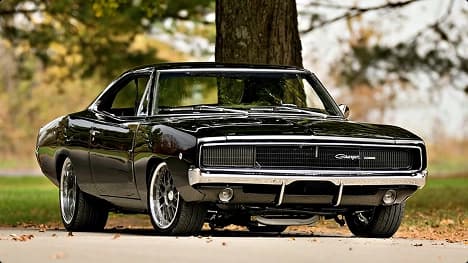

Assigned carriers have DOT and MC operating authority in addition to active liability and cargo coverage. The driver fills out a Bill of Lading (BOL) with photos and condition notes at pickup and delivery. Before you sign, add your own photos and make any necessary notes on the BOL. If a claim is ever needed, these documents are crucial.
Share the model, ride height, tire width, modifications, and operability. We will compare the prices of open and enclosed options and suggest the option that is the safest for your spending limit and risk tolerance.
We schedule a time for pickup that works with your schedule. To guarantee the best timing for auctions or concours events, make reservations in advance.
We designate a carrier with the appropriate equipment and traditional experience. Prior to release, authority and insurance are confirmed.
The driver uses a liftgate or low-angle ramps to load, takes pictures of the car, completes the BOL, and makes a call in advance.
Your advisor provides ETAs that account for weather, traffic, and Hours-of-Service restrictions.
Before signing, carefully unload, check the condition, compare it to the pickup photos, and make any notes on the BOL.
Take pictures of the car's exterior, interior, and close-ups of any existing blemishes after washing it.
About a quarter of the tank is full of fuel. Get the battery charged. Turn off immobilizers or alarms.
Take care of any leaks. Tell us about special start procedures, battery cutoffs, or fuel cells.
Give the precise ground clearance. For very low cars, ask for a liftgate.
Take out any unsecured objects, such as spinners, racks, loose trim, and scripts.
A fabric cover should never be used on an open trailer. If you want complete protection, go with enclosed.
Most preferred classic auto transport routes
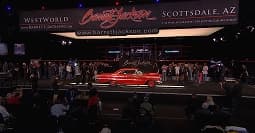
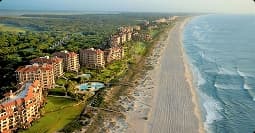

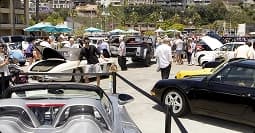
Ask about multi-vehicle shipping, coordinated arrival times, and photo-ready deliveries.

Verified, DOT and MC-licensed carriers who deal with cars on a daily basis load and secure your vehicle. At pickup and delivery, drivers use photo-verified Bill of Lading inspections, low-angle ramps or liftgates for low clearance, and soft straps or wheel nets. Door to door, where entry is both lawful and safe.
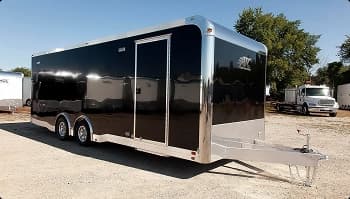
For covered, in-trailer protection, opt for enclosed auto transport. Your car will arrive cleaner and more photo-ready because it is protected from weather, road debris, salt, and pollen. Perfect for exotics, classic cars, and recently detailed automobiles. To avoid abrasion, use skip fabric car covers on open trailers.

Each assigned carrier has current cargo and auto liability insurance. Before shipping, we check coverage, and upon request, we can provide a certificate. Subject to the terms and exclusions of the policy, each shipment may receive up to $250,000 in cargo coverage. Do you require specialized coverage or higher limits? Find out your options.